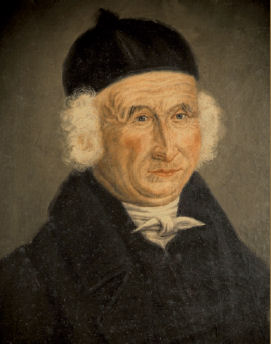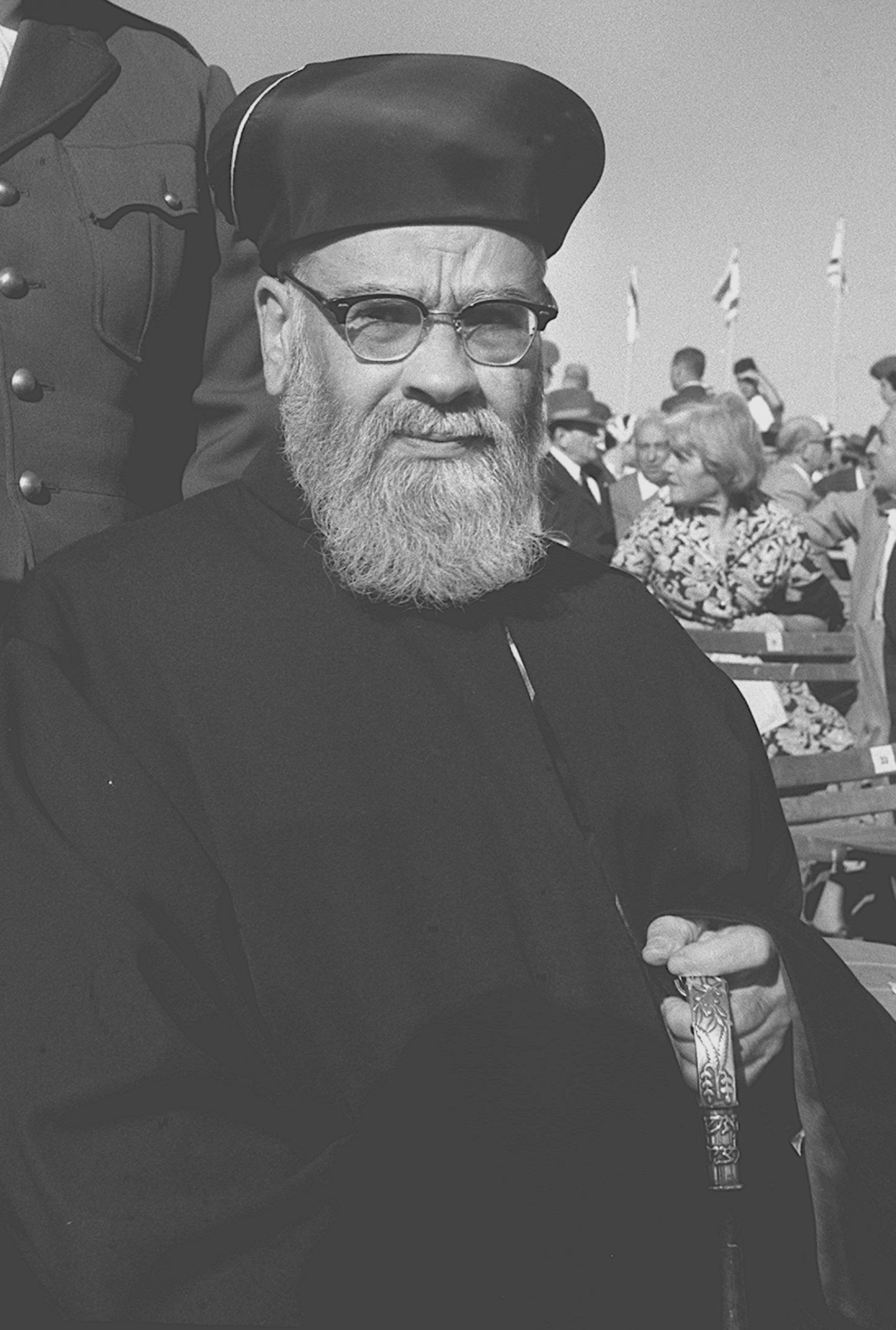Sephardic Rabbis
Friday, August 3, 2012
Rabbi Ytzchaq Nissim (1895-1981)
Rabbi Yitzchaq Nissim was the Sephardic chief Rabbi of the State of Israel from 1955 to 1972. He was born in Baghdad, Iraq, in 1895. In 1925 he came to Jerusalem where he studied with the greatest rabbis of the time: Rabbi Chizqiya Shabetay, Rabbi Abraham Cuenca and Rabbi Ben-Zion Uziel among others.
Rabbi Nissim established one of the first rabbinical academies in Jerusalem, among his students were Rabbi Mordechai Elyahu , who was also a chief rabbi of Israel from 1983-1993.
Rabbi Nissim struggled to unify the Jews that lived in Israel. He thought that after centuries of being separated, Sephardic and Ashkenazi Jews and very especially religious and non-religious Jews should leave the differences aside and find the common grounds between them. He endeavored to create and build bridges of communication in which all Jews would work together to build a unified "Israel".
Rabbi Nissim became world famous for his refusal to meet with the pope Paulus the Sixth in 1964. When the pope came to visit Israel, he made sure to visit East Jerusalem (in those days in the hands of the Jordanians), but he deliberately avoided Israeli-controlled West Jerusalem, forcing Israeli President Zalman Shazar and Prime Minister Levi Eshkol to travel to the northern town of Meggido to greet him in a 20-minute ceremony. Rabbi Nissim was invited as part of the delegation that would meet the Pope in Megiddo, but he refused to go. Reasoning that if he would attend that ceremony he would legitimize the Vatican's delegitimization of Israel. (The Vatican did not recognize Israel as a state. In a thank-you letter sent to Israeli president Zalman Shazar, for example, the pope deliberately left out the title "President", and erroneously but pointedly addressed it to Tel Aviv rather than Jerusalem). Rabbi Nissim was known as "the Rabbi that dared said "no" to the Pope". The Israeli newspaper haAretz declared that the refusal of the Rabbi was an historical event, because it was a strong symbol of the independence of the State of Israel.
Rabbi Nissim died in Jerusalem in 1981.
Professor Meir Benayahu, one of the most important scholars of Jewish studies in modern times, and former Kenesset member and Israeli Minister Moshe Nissim were his sons.
√ A picture of Rabbi Yitzchaq Nissim z'l.
√ Read more here about the controversial visit of pope Paulus the sixth to Israel in 1964.
Rabbi David Pardo (1718-1790)
Rabbi David Pardo, (1718-1790) was a famous Sephardic Rabbi, a prolific author and a poet. He was born in Venice, Italy. At a young age he went to Sarajevo where he studied under Rabbi Abraham David Papo. Eventually R. Pardo was appointed rabbi of Sarajevo. In 1776 he traveled to Eretz Israel, settling in Jerusalem, where he served as head of the Yeshiba Chesed leAbraham uBinyan Shelomo. Rabbi Pardo was regarded in his time as Jerusalem's greatest Rabbi.
Many of his works deal mainly with Tannaitic Rabbinic literature, and are an original commentary--not necessarily dependent on the Amoraitic interpretations.
His first famous work was Shoshannim le-David , an independent commentary on the Mishna.
He also wrote Chasde David a commentary on the Tosefta, which is considered one of the most important commentary on the Tosefta.
And Sifre deBeRab which he commenced in 1786 and was published by his son Abraham after his death. This work is considered the most important commentary on the Sifre.
He also wrote Mikhtam le-David a book where he records his numerous halakhic decisions and responsa.
Maskil le-David a commentary on Rashi's Biblical commentary.
LaMnatzeach leDavid, a book on those Talmudic passages where alternative explanations are given.
Mizmor le-David notes on the Perot Ginnosar of Rabbi Chizekiyah da Silva.
Rabbi Pardo's liturgical poems and prayers are included in the Sephardic daily and festival prayer books.
He died in Yerushalaim.
Of his sons, R. Jacob Pardo became chief Rabbi of Ragusa. A second son, Isaac, was the Rabbi of Sarajevo, while a third, Abraham, who married Lebana, the daughter of Rabbi Chayim Yosef David Azulai (Chida), became head of the Yeshiba Chesed leAbraham uBinyan Shelomo after his father-in-law's death.
Rabbi Pardo's disciples included Shabbetai ben Abraham Ventura, Rabbi David Pinto, and Rabbi Abraham Penso.
For a comprehensive biography of Rabbi David Pardo (which still needs to be written in Wikipedia) see this article by Eliezer Papo
Click here to download LaMnatzeach leDavid (Pardo), a commentary on the alternative arguments of the Talmud (-i ba'et ema)
Subscribe to:
Posts (Atom)

